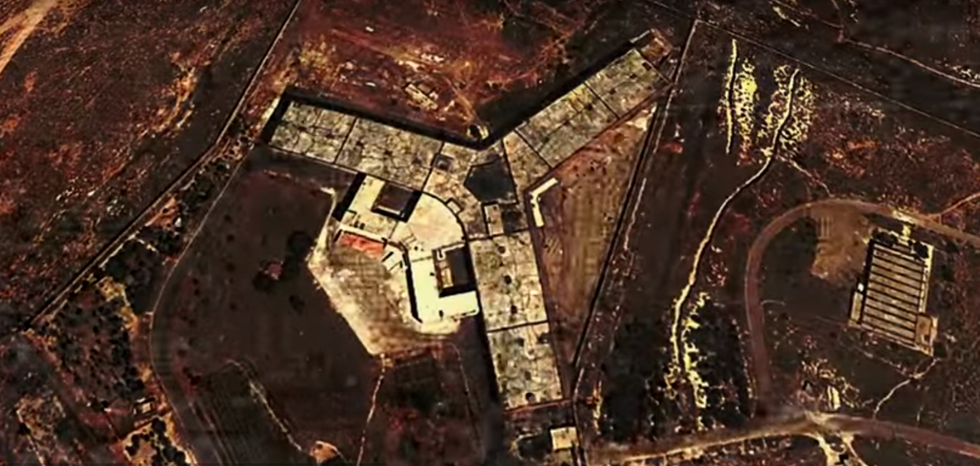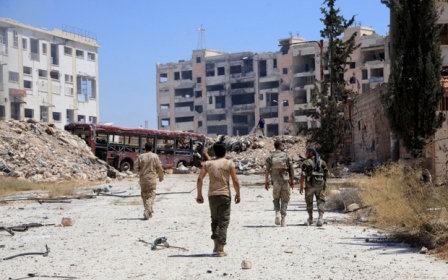WATCH: A virtual tour of Syria’s most notorious torture prison

A joint project by torture survivors, human rights researchers and architects has produced a virtual tour of Syria’s Saydnaya Prison, notorious for the torture meted out to the thousands of inmates there.
Very few photographs exist of the military prison just outside Damascus, which is known to have housed thousands of political prisoners.
But Forensic Architecture, a research group at London’s Goldsmiths University, used in-depth interviews with former detainees who survived torture at the facility to piece together a virtual landscape of the prison as part of a joint project with Amnesty International.
Middle East Eye spoke last week to former inmates at Saydnaya – one, Omar al-Shogre, who contracted tuberculosis at the prison, said he had been forced to dispose of the dead bodies of former inmates after their organs had been harvested.
Amnesty said in a report released on Thursday that nearly 18,000 people have died in state jails in Syria since an uprising against president Bashar al-Assad began in 2011.
The report said that an estimated 300 people have died in the Syrian prison system every month during the conflict.
"For decades, Syrian government forces have used torture as a means to crush their opponents," said Philip Luther, Amnesty's Middle East and North Africa Director.
"Today, it is being carried out as part of a systematic and widespread attack directed against anyone suspected of opposing the government in the civilian population and amounts to crimes against humanity," he added.
The report, based on interviews with 65 torture survivors, says that prisoners suffer systematic rape and beatings with electric cables, accusations strenuously denied by the Syrian government.
Amnesty has called on Russia and the US, who are leading efforts to negotiate an end to the war, to address the findings in the report.
This article is available in French on Middle East Eye French edition.
Middle East Eye propose une couverture et une analyse indépendantes et incomparables du Moyen-Orient, de l’Afrique du Nord et d’autres régions du monde. Pour en savoir plus sur la reprise de ce contenu et les frais qui s’appliquent, veuillez remplir ce formulaire [en anglais]. Pour en savoir plus sur MEE, cliquez ici [en anglais].




